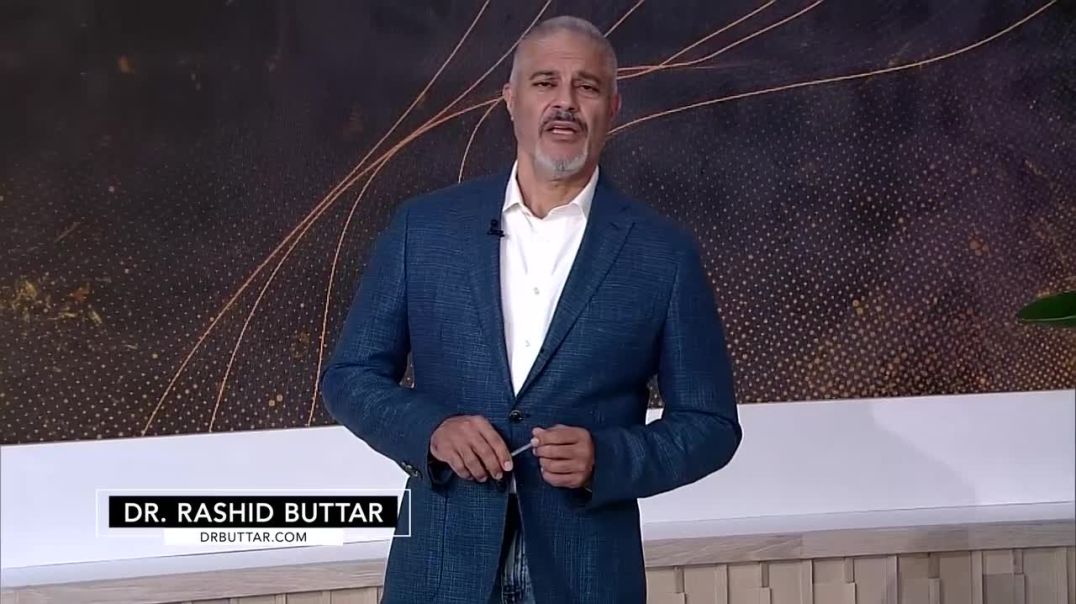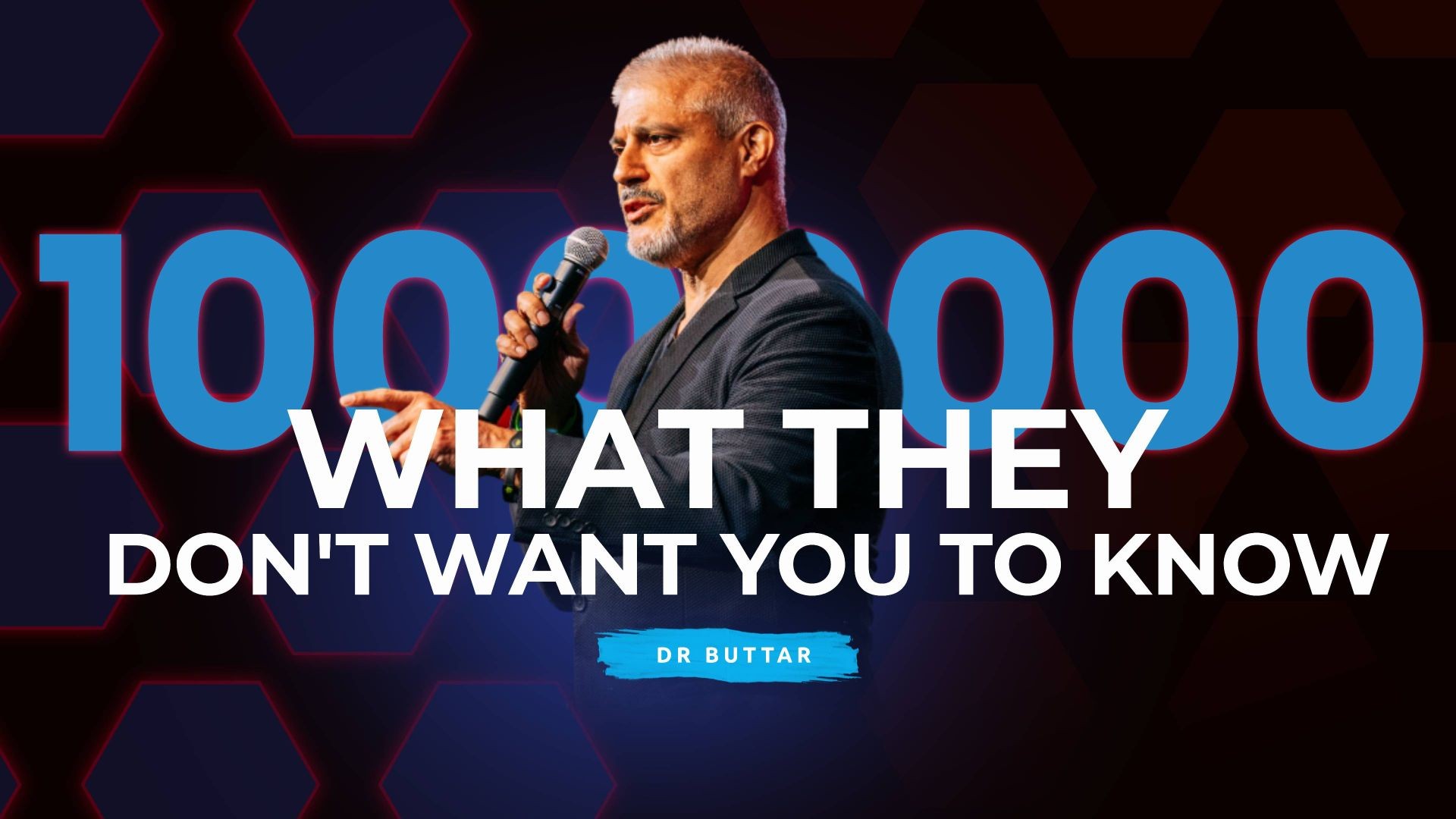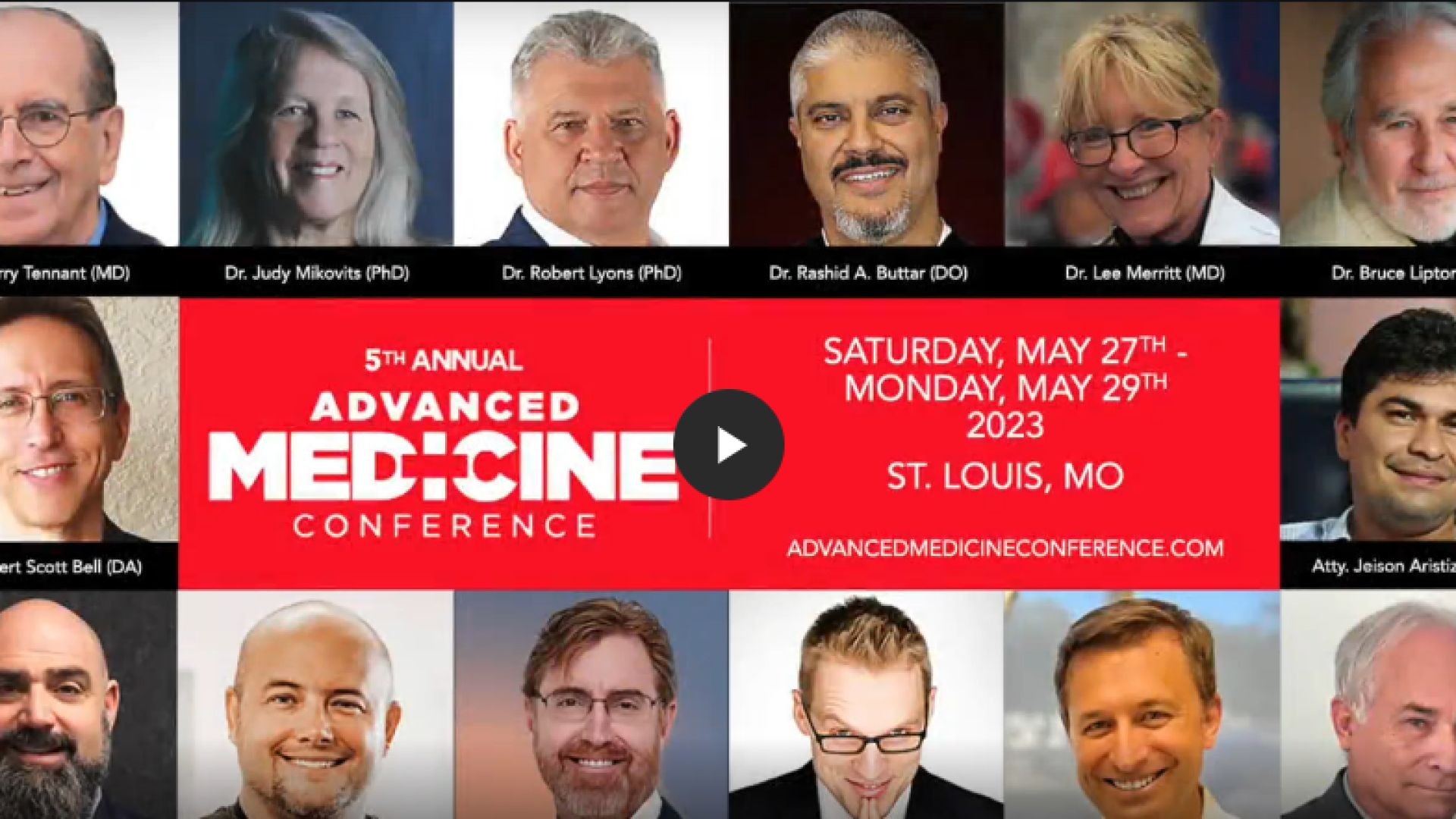So What Is Autism?
If we are going to use the term neurodivergence, I think it is extremely important that we understand what autism is and how it develops before we allow the term neurodivergent to be swept up into the boiling cauldron of American identity politics that is so divisive and charged in this socio-political climate.
The use of the term “neurodivergence” is well intentioned and extremely helpful for people who identify with this term. I also think the efforts made in recent years to understand the wide-ranging perspectives of people with autism is absolutely critical, especially those who are nonspeakers/not reliable speakers that have learned to communicate through spelling/letterboards.
While Autism Speaks, the largest and most well-funded autism NGO, hasn’t done a darn thing to help us understand why we are witnessing an autism epidemic, I will say that it has done a good job teaching people to be aware, sensitive and respectful of the needs of people who have autism. We still have a lot of work to do in this category, but awareness and educational campaigns have done a good job of explaining things like how:
- Some people with autism can have extreme sensitivities to light, sound, touch (and please do what you can to mitigate the sensory overload!)
- Some people with autism may not have the capacity to look you in the eye – many have ocular motor inflexibility and literally can’t look you in the eye, no matter how uncomfortable that may make you.
- The hand-flapping, spinning, or rocking that you see in some people with autism is a way for these individuals to calm and regulate themselves. They need to do that. Let them be.
- Some children with autism elope (run away) due to nervous-system dysregulation or sensory overload. This means, if unattended, they may run away and unknowingly put themselves in danger. Please look out for these children.
Notice that I said some people with autism. . . this is in reference to the fact that autism is a heterogenous diagnostic category and includes a wide range of symptom presentation and behaviors. Just because you have autism, doesn’t mean you stim; it doesn’t mean you can’t make eye contact; it doesn’t mean you can’t tolerate loud noises. As they say, if you know one person with autism, you know one person with autism.
The terms neurodivergent/neurodiversity/neurodivergence are helpful and supportive of neurodivergent people who need neurotypical people to understand that behind the behaviors and underneath the diagnosis, there is just a regular person who is like everyone else. That person has feelings, thoughts, dreams, aspirations, crushes, brilliant ideas, frustrations, talents, pain, sorrow, happiness, hilarity, a great sense of humor, and all the other wonderful things that make us the unique and beautiful humans that we are.
But let’s also remember that when you use the terms neurodivergent or autism or autism spectrum disorders you are talking about a group of people (children and adults) with wildly different sets of symptoms and presentations, capabilities, functionality and uniqueness. And it really serves no one to lump them all together.
Examples of People with Autism
Let me give you some examples, just using the label autism.
The diagnostic label of “autism” is applied to all of the following people:
- A 45-year-old woman who is married, with three children, gainfully employed with a 40-hour-a-week corporate job who experiences sensory sensitivity, mild social anxiety, and prefers hanging out with animals over people, but she just got her diagnosis at age 44, and suddenly these tolerable, but troubling, challenges in her life “make sense.”
- An 11-year-old boy who is a nonspeaker, is not toilet trained, experiences profound frustration and rages and injures himself to bleeding and bruising daily. His rages often result in injuries to his parents and younger sister.
- A 9-year-old girl who is highly verbal, extremely intelligent, academically successful, but experiences severe emotional dysregulation and is unable to safely and calmly express emotions like frustration, anger, and fear. Because of her emotional dysregulation and frequent behavioral outbursts, she struggles making friends and has developed depression because of her inability to connect to others.
- A 27-year-old woman who is a nonspeaker, unable to feed or clothe herself because her fine and gross motor capabilities are so severely impaired that she needs round-the-clock care. She lives in a group home and the cost of care has left her family deeply in debt.
- A 5-year-old boy who is highly verbal, but has such social anxiety, rigidity of behavior and visual fixations that he cannot be taken outside of his home without extreme and severe tantrums.
- A 33-year-old beloved entomologist, who works as a research scientist at a university. He is considered by his friends and family to be “quirky,” and peculiar in his interests and struggles with obsessive-compulsive disorder and is a compulsive handwasher, sometimes washing his hands 20 or more times a day.
All of these people –every single one—carry the diagnosis of “autism.” But what do they really have in common? We are giving people who are able to live full, independent lives, support themselves and their families and engage in civic life the same label as individuals who cannot use the toilet on their own, need round-the-clock care, and cannot communicate on their own due to severe motor impairments.
How is this diagnostic label truly serving these people?
So, what is autism, really?
Biomedical Root Causes of Autism
What if instead of giving people a label, telling them their experience is due to “genes” that they don’t have any control over, and sending them off with cookie-cutter therapies that aren’t that helpful, we spent time with them--as unique individuals--to find out about their health and medical history to look for ways to help them overcome their biggest challenges, as well as identify ways to support their greatest strengths?
What if instead of forcing nonspeaking children to participate in 40 hours a week of ABA therapy to teach them to use a fork and spoon and follow directions, we did some clinical and laboratory testing to find out why their motor cortex is “offline” making them not able to produce speech or grasp a fork or spoon. Or why their auditory processing speed makes it difficult for them to follow directions.
Maybe we could look a little deeper and figure out why their sensory system is flooded with noise that prevents them from feeling comfortable in their own body (it might have something to do with inflammation and a dysregulated nervous system – both treatable). You know what I’m talking about – root causes.
The type of clinical evaluation I just described actually already exists. There are hundreds of clinics--functional medicine, naturopathic medicine, chiropractic, neurosensorimotor, Ayurvedic, Chinese medicine--all over this country that are interested in root causes instead of pharmaceutical symptom suppression or genetic dismissalism (I just made that word up. I think it fits.)
Looking for such a clinician? Visit the EpidemicAnswers.org practitioner directory to find one near you. There is also a series of clinics called Cortica (in over 20 locations in the U.S.) founded by the brilliant Dr. Susannah Goh who has set up clinics to help parents get to the root causes of their child’s most challenging autism symptoms.
Your Child Is Not Broken
Do not misunderstand me. I did not say that these clinics are here to “fix” your child. Your child is not broken. Autism is a complex condition that brings with it many different types of physiological adaptations, some of which look like health symptoms, some of which look like "neurological differences" and some of which look like talents or gifts.
Many of the features of autism are the body’s way of adapting to particular circumstances, either daily metabolic circumstances (like what food is being eaten, or what microbial metabolites are circulating) or circumstances that occurred during their developmental timeline and created lasting patterns (like echolalia or low muscle tone). Some of these adaptations may be perceived as positive, some may be perceived as negative, and some fall somewhere in the middle.
Eliminating Symptoms That Cause Suffering
Some people with autism are known to have neurological features that could be considered true gifts or remarkable skills such as rapid processing speed, profound artistic ability, or the ability to compute complex numbers effortlessly. The biomedical, root-cause clinics and practitioners that treat children (or now adults) with autism understand that they are there to work on the adaptations that are negative or cause suffering. They are not there to “eliminate autism.” They are there to help the body restore balance and thereby eliminate symptoms that cause suffering. These practitioners will be the first ones to tell you how truly special and amazing the people diagnosed with autism are. They carry struggles, yes, but they also carry gifts, insights and sensitivities rarely seen in neurotypical people.
These clinics are interested in knowing what is going on in the body that might be out of balance and contribute to symptoms that cause suffering (like anxiety, stimming, severe sensory sensitivity, gastrointestinal pain, bloating, skin rashes, inability to control motor function and more).
Shouldn’t we try to alleviate these symptoms? It is considered routine to go to an allergist to look for relief from symptoms of a pollen allergy, but for some reason, we aren’t allowed to look for relief from medical and physical symptoms associated with autism because it bleeds into the territory of identity. That makes no sense. It also prevents people locked inside out-of-balance bodies from getting the medical care and help that they need and deserve.
Please do not see autism as a behavioral diagnosis with a genetic etiology. Autism is a whole-body, medical condition and the “behaviors” are secondary to cells, tissues, networks and functional systems in the body that are, or were, out of balance or dysregulated. Autism is also a unique human presentation that reflects the times we are in – in all its complexity.
People are people, regardless of their diagnosis, and they should have access to "root causes" medicine that is focused on alleviating suffering and stopping problematic symptoms. Kids with autism (or anyone else for that matter) deserve care that addresses the root causes of their troubling symptoms.
What if instead of going to your pediatrician and getting shoulder shrugs and a script for ABA therapy or medications, you went to see a physician trained by MAPS—Medical Academy of Pediatric Special Needs, who asked meaningful, thoughtful questions about what might be contributing to your child’s neurological presentation? What if this doctor had ways to identify addressable imbalances in your child’s body that might alleviate some of their most challenging symptoms?
Here are some of the most common addressable imbalances seen in children with autism and some links with more information about how to help them overcome these imbalances:








